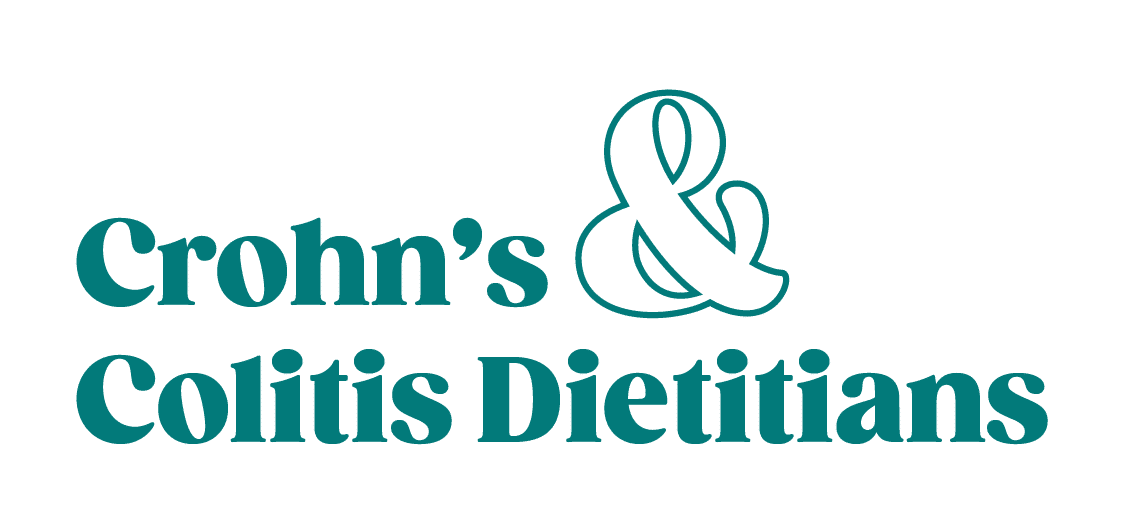There is a lot to know when it comes to your gut! Let us help you out with some of it, not only nutritionally, but in an easy way to understand with our Gut Health Dictionary!
Note: the dictionary will be updated to reflect new terminology when available
Common Gut Health Terms
Crohn’s Disease: inflammation of the gastrointestinal tract. Crohn’s is a type of IBD that can affect all layers of the digestive tract and is characterized by diarrhea, abdominal pain, fatigue, and weight loss
Ulcerative Colitis: inflammation of the colon resulting in ulcers, bloody stool, and other gastrointestinal symptoms
Microscopic Colitis: a lesser known type of IBD characterized by inflammation and frequent bouts of watery stool (especially at night). This type of colitis must be diagnosed with a microscope (hence the name)
There is both lymphocytic and collagenous colitis.
Lymphocytic: In this subtype, an increased number of immune cells called lymphocytes infiltrate the lining of the colon. This immune response causes inflammation, leading to diarrhea and other symptoms.
Collagenous: In this subtype, a layer of collagen, a protein normally found in the connective tissues of the body, accumulates under the lining of the colon. This accumulation can lead to inflammation, thickening of the colon lining, and subsequent diarrhea.
IBD: inflammatory bowel disease. IBD encompasses the 3 types mentioned above
Microbiome: refers to the collection of genomes (a complete set of DNA) from all the microorganisms in the environment
Microbiota: usually refers to microorganisms that are found within a specific environment
Gut Microbiome:
- Trillions of microorganisms and their genetic material living in your intestinal tract (more than all the stars in the galaxy!)
- Composed mainly of bacteria, although also contains yeast, bacteria viruses, and parasites
- Large intestine has the largest population
- Involved in many functions critical to your health, including immune system, energy production, and all of our B vitamin production
Prebiotics: plant fibers that help healthy bacteria grow. You can think of prebiotics as the food for the probiotics, allowing them to grow and thrive! Prebiotics provide more long-term effects when compared to probiotics. Examples of prebiotics include green bananas, onions, garlic, and green tea
Probiotics: temporary, helpful microorganisms (like bacteria and yeast) that when consumed provide a benefit to the host (that’s us!). We all have bacteria and other microorganisms that help us digest food, destroy dangerous cells, and produce vitamins
Fiber: an indigestible carbohydrate. Fiber helps to enhance beneficial gut bacteria, promotes satiety, and can promote heart health. It can be found in plants like vegetables, fruits, and whole grains
Common IBD Labs
CBC: complete blood count is a blood test that measures the types and amounts of cells present. It includes white blood cells, red blood cells, platelets, hemoglobin, hematocrit, mean red blood cell volume, mean hemoglobin amount per red blood cell, and hemoglobin concentration per red blood cell
Fecal calprotectin: this is a stool test. Fecal calprotectin is a measure of inflammation and can help show if there is inflammation in the intestines
CRP: C-reactive protein. A blood test is completed and CRP is measured. CRP can help show if there is inflammation in the body
Lactoferrin: a stool test that measures inflammation in the intestines
Erythrocyte Sedimentation rate (ESR): a blood test showing non-specific inflammation in the body (meaning, there is inflammation, unsure of where)
Commonly Used Research Terms
Placebo: scientific studies will often use placebos to determine the impact of a drug. A placebo is inactive and is often a ‘sugar pill’. Studies will divide a group into two – one group will receive the placebo and the other group will receive the drug – observations take place to determine the effects present
Clinical trial: a research study that tests a medical, surgical, or behavioral intervention
Randomised Control Trial: a study is conducted and participants are divided into two groups – 1. The experimental group – they receive the intervention and 2. The comparison group (or control) – they receive an alternative treatment
Medications Commonly Used for IBD
Steroids: Commonly refers to the class of drugs known as glucocorticoids. This class is related to the natural hormone hydrocortisone, or cortisol. Steroids work as an anti-inflammatory and immunosuppressive to help prevent the immune system from attacking the gut in IBD.
- Examples include: Prednisone, Methylprednisolone, Budesonide
Aminosalicylates: Aminosalicylates do not suppress the immune system, so they reduce inflammation without decreasing the body’s ability to fight infection.
They act locally on the bowel wall, so they produce less side effects. These are typically used as a first line therapy to treat mild disease due to their minimal side effects. They are more effective in Colitis vs Crohn’s, but can play a role for IBD management.
- Examples include: Mesalamine/Mesalazine, 5-ASA
Immunomodulators: Are typically considered when patients aren’t achieving remission with steroids, aminosalicylates, or antibiotics. If your disease is severe, you may be offered immunomodulators as a first-line therapy.
Immunomodulators decrease the number of inflammatory cells in your body, including strongly inhibiting white blood cells. They work on the DNA of cells to decrease the amount of inflammatory white blood cells circulating in the body.
- Examples include: Thioprines (Azathioprine), Methotrexate, Cyclosporine
Biologics: Biologics are manufactured through a biological process (rather than chemical process, as in pharmaceutical drugs) using human, animal, or microorganism sources. In Crohn’s and Colitis, biologics bind up inflammatory signals and inhibit the immune system’s ability to attack the bowels.
- Examples include: Infliximab (Remicade), Adalimumab (Humira)
